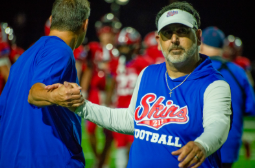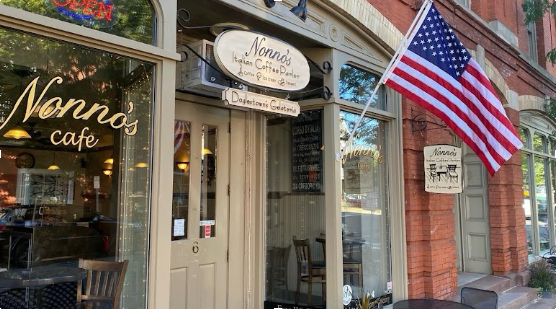By Colleen Harley
Copy Editor
The Lenni Lenape tribe has a lot of historical significance in the Neshaminy community, considering that the land that the high school is built on once belonged to the tribe. The Lenape tribe in our area lived along the Delaware River.
Lenape tribes lived in very big villages of about 200 to 300 people, but usually stayed together in smaller groups of about 25 to 50 people.
Inside the Lenape tribes, were smaller clans, They are the Wolf, Turtle, and Turkey. These clans traced their ancestry back through their mother’s side. Whichever clan the mother belonged to, her children did as well. A rule within the Lenape tribe was that sons couldn’t marry into the same clan; they had to marry into one of the other two. Inside the clans, everyone looked out for each other, and there was not much of a need for crimes like stealing considering they all shared the land, shelters, and food that they had. Even individual possessions were shared with everyone in the community.
Men and Women in the Lenape tribe did different tasks from one another, but everyone worked. Boys were taught from a young age how to woodwork and hunt. When the boys got older and grew into men, they cleared land, built homes, and even built canoes.
Girls were taught how to housekeep and garden at a very young age. When they grew up and became women, they began to garden and harvest crops for food. They also collected sap from trees for syrup. They would also weave baskets, mats and bags, and even corn husks to make slippers. Lenape women were also skilled at making clay pots and were responsible for making and preparing the hides for clothing and shelter.
Homes were dome shaped houses called “wigwams,” where a small family could live. They were made of bent poles and animal skins or mats. These homes lasted for only a short time because once the natural resources of the land they lived on were used up, they had to move away and find new land. Now, they live in modern homes just like the average American, and only build wigwams for fun or to connect back to their heritage.
The Lenape kept themselves very clean by taking their daily swim or steam bath. Women had long hair and usually kept it in a bun or braid. Also, their clothing consisted of skirts made of deer or beaver skin in the winter, and a light wrap around skirt in the summer. Women also painted their faces red with dots on their cheeks, ears, and below the part in their hair. The paint was made from the bloodroot plant and mixed with bear grease. Men wore breechcloth and leggings, and had their hair cut into a Mohawk style, with a beaded headband with one or two feathers in it. Chiefs would wear big headdresses pointing straight up from the headband with many feathers in it. Men also were tattooed with depictions of animals. Both men and women wore deerskin moccasins, and long earrings made of animal bones and teeth.
Decedents of the tribe in modern times now wear average clothing and sometimes their moccasins and traditional headbands. Only on special occasions do they wear the feathers in their hair.
The Lenape tribe believed in storytelling as a key skill in teaching children how to grow up, including stories about creation, past events, and taught key social values for children to grow up as a fully functioning member of the tribe. They also believed in herbs and sweat lodges as a way of healing the sick, ill minded or the dying.
The Lenape tribe is a heritage rich in tradition and culture. The Lenape tribe has forever left their mark, not only in on American history, but in the Neshaminy community.







